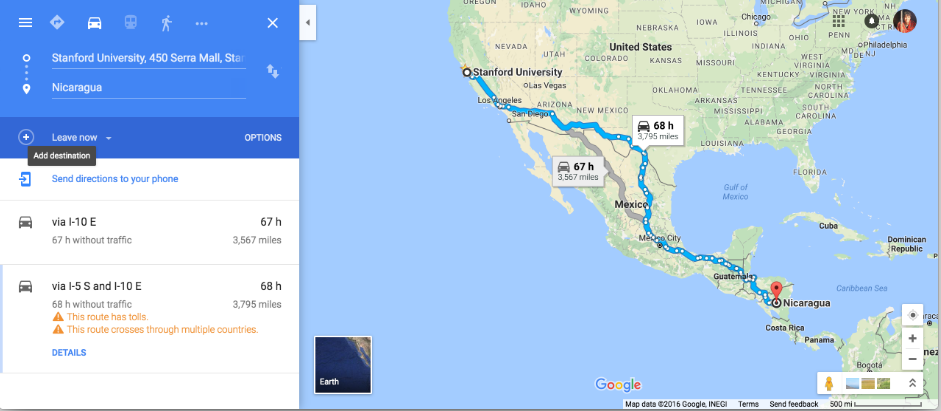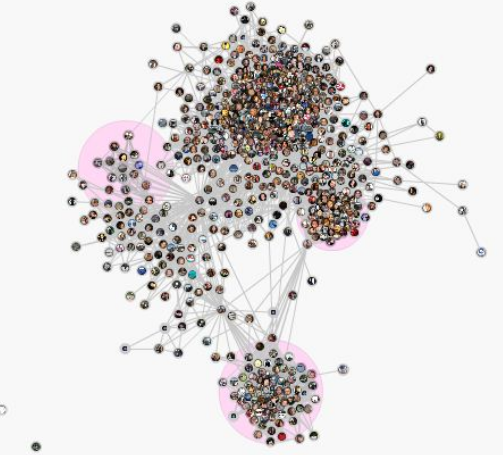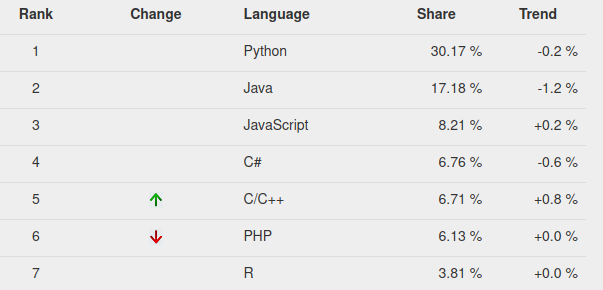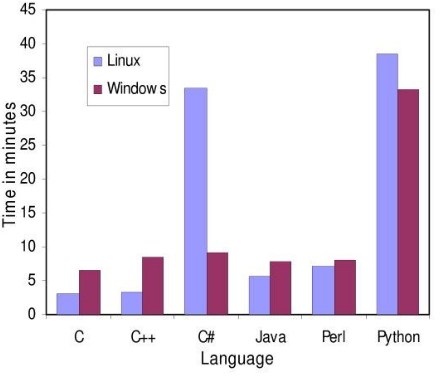Introducion
Objectives
Welcome to the course Algorithms and Data structures. The objectifs of this course:
Gain deep knowlede on advanced algorithms and the zoology of data structure to solve different problems.
But What de we mean by a hard Problem. This is a list of problems in Computer Science sorted by their difficulty:



Course Objective
The goal if of course is not solve those advanced problems. Nevertheless, it is a mandatory step toward it.
We could resume the essential point of the course as follows:
- Explore the abstract techniques to solve problems.
- Master the notion of recurrence.
- Get a intermediate grasp on data structures the their use for different situation.
- Master the tool of algorithms analysis to compare the complexity of algorithms.
Abstract techniques
- How to compute the expeceted distance between two random facebook usesrs.

- How to send an email between two cities:

Appreciate the power of recurrence
Recurence is a powerful technique that will allow you to tackle a large set of problems.


Learn to analyse the complexity of your algorithms
One of the maine objectifs of this course it allow you to compare the complexity of a set of proposed algorithms. For example, let’s visit Sorting algorithms playground to appreciate the difference between a set of sorting algorithms.

Logistics
Course portal
The main portal of the course is in the website:
It has :
- Planning of the lectures.
- Contents and useful links to visit ** before the lecture**.
- Description of the Homeworks.
- Collection o ressources pour le cours.
Discussion forum
We will use Piazza for all the discussions post lectures. You’ll be more than encouraged to actively participate in the form. Either to ask the questions to to respond to others.
We need our academic mail to register to the course.

Grading
Your grade will be decided accordign the following the piechart:

The C++ language
Définition
The C++ language est an Object Oriented Progamming langauge. Its perferomances and **speed make is one the standard facto in programming languages. As a example, in the area of deep learning which needs a huge computation power, all the plateform library are written in C++.

Here are some know courses that use C++ as its core languge:
- Physics Based simulation Biological Structure.
- Introduction to Cuda (Deep learning).
- Introduction to Computer Networks
- Convolutional Neural Networks
- Parallel computing in Healthcare.
- Medical Robotics.
- Music computing design.
- Signal processing models.
Why C++
Etant donné l’explosion et l’efficacité des réseaux de neurones. Tous les
framework en base sont implémentés en C++ pour leur efficacité. Puis
offrent des interfaces en des langages simples comme Python pour leur
exploitation.
/*
you may not use this file except in compliance with the License.
You may obtain a copy of the License at
http://www.apache.org/licenses/LICENSE-2.0
Unless required by applicable law or agreed to in writing, software
distributed under the License is distributed on an "AS IS" BASIS,
WITHOUT WARRANTIES OR CONDITIONS OF ANY KIND, either express or implied.
See the License for the specific language governing permissions and
limitations under the License.
==============================================================================*/
#include <vector>
#include "tensorflow/cc/framework/grad_op_registry.h"
#include "tensorflow/cc/framework/gradients.h"
#include "tensorflow/cc/ops/array_ops_internal.h"
#include "tensorflow/cc/ops/standard_ops.h"
#include "tensorflow/core/lib/strings/strcat.h"
namespace tensorflow {
REGISTER_NO_GRADIENT_OP("ShapeN");
REGISTER_NO_GRADIENT_OP("Rank");
REGISTER_NO_GRADIENT_OP("Size");
Status UnpackGrad(const Scope& scope, const Operation& op,
const std::vector<Output>& grad_inputs,
std::vector<Output>* grad_outputs) {
int axis;
TF_RETURN_IF_ERROR(GetNodeAttr(op.node()->attrs(), "axis", &axis));
grad_outputs->push_back(Stack(scope, grad_inputs, Stack::Axis(axis)));
return scope.status();
}
Compagnies that usesC++
Compagnies that uses C++







Some projects written in C++






Projets in C++


Why this course uses C++


First program
To get our feet wet, let’s write a program to verfify if a numer is perfect.
A number is perfect if its equal to the sum of its divisor exluding itself.
for example the number \(6\) is perfect.
\[6 = 1 + 2 + 3\]#include <iostream>
//utiliser l'espace des nom std
using namespace std;
//Fonction pour vérifier si n est pafait
bool is_perfect( int n)
{
auto S = 0;
for(auto div=1; div <= n/2; div++)
if ( n % div == 0)
S += div;
return S == n;
}
//fonction principale
int main(int argc, char *argv[])
{
int count = 0; //count des nombres parfaits
int candidate = 1; //nombre à vérifier
while( count < 3)
{
if(is_perfect( candidate ))
{
cout<<candidate<<" ";
count++;
}
candidate++;
}
//Retour à la ligne
cout<<endl;
return 0;
}
Deuxième programme
/*tracer une distribution normale
*/
#include <iostream>
#include <iomanip>
#include <string>
#include <map>
#include <random>
#include <cmath>
int main()
{
// Seed with a real random value, if available
std::random_device r;
// Choose a random mean between 1 and 6
std::default_random_engine e1(r());
std::uniform_int_distribution<int> uniform_dist(1, 6);
int mean = uniform_dist(e1);
std::cout << "Randomly-chosen mean: " << mean << '\n';
// Generate a normal distribution around that mean
std::seed_seq seed2{r(), r(), r(), r(), r(), r(), r(), r()};
std::mt19937 e2(seed2);
std::normal_distribution<> normal_dist(mean, 2);
std::map<int, int> hist;
for (int n = 0; n < 10000; ++n) {
++hist[std::round(normal_dist(e2))];
}
std::cout << "Normal distribution around " << mean << ":\n";
for (auto p : hist) {
std::cout << std::fixed << std::setprecision(1) << std::setw(2)
<< p.first << ' ' << std::string(p.second/200, '*') << '\n';
}
}
Importance of Data structure
Mastering the tool of data structures is a must of each serious programmer. This mastery could help you choose the perfect mecanism to store data:



Let suppose that we want to write a program which group:
- Add 100000 elements in the collection.
- Try to find 10000 elements in the collection.
- Delete 10000 in this collection
Here are the results for a different set of data structure. All the test are
conducted in basic computer with 2.8GHz Inter core.
| Structure | Temps total |
|---|---|
| Vecteur | 15.057 |
| Vecteur Trie | 1.563 |
| Liste chainée | 92.202 |
| HashTable | 0.145 |
| Arbre binaire | 0.164 |
